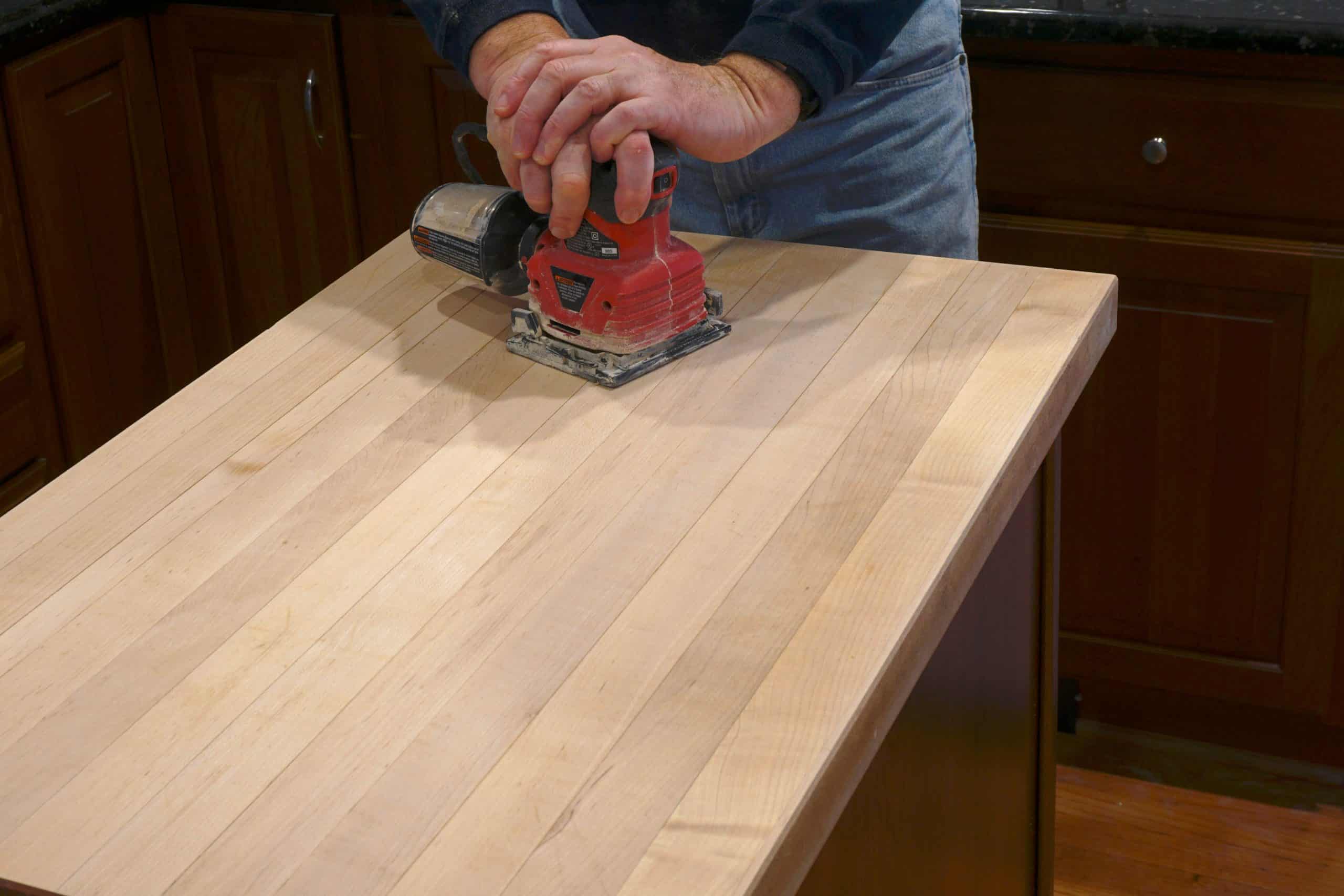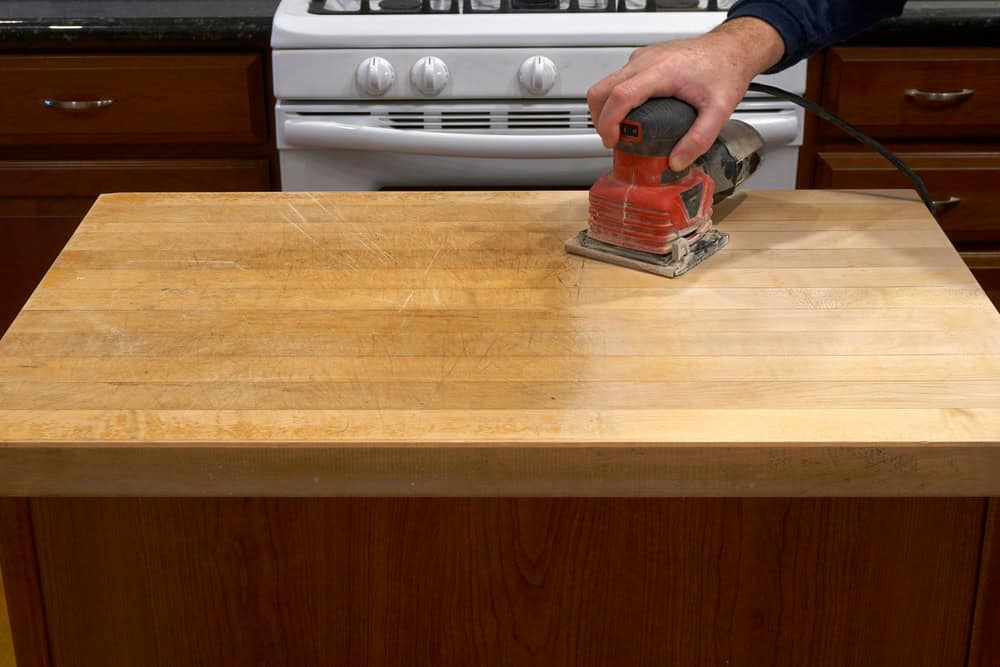Is your kitchen or bathroom countertop showing signs of wear and tear? Don’t replace it-refinish it! Diamond Stone Restoration Corp offers specialized countertop refinishing in Hell’s Kitchen, NY, breathing new life into tired surfaces. We mend cuts, spills, nicks, and stains, giving your space a fresh, updated look without the hefty price tag of replacement. Ready for a transformation?

Hear from Our Customers

Diamond Stone Restoration Corp is your local New York City expert for countertop refinishing. We understand the specific needs of homeowners in Hell’s Kitchen and surrounding areas. Our team uses premium materials and time-tested techniques to deliver exceptional results. We are dedicated to providing outstanding service and quality craftsmanship for every Countertop Refinishing in Hell’s Kitchen. We value your time, providing clear appointments and proactive communication. We respect your property, minimizing disruption. Ready to upgrade? Contact us for a free consultation!


Ready to get started?
Countertop refinishing is more than just a cosmetic improvement; it’s a smart investment in your home. With Diamond Stone Restoration Corp, you get quality craftsmanship and lasting results. We address every imperfection, from minor nicks to major spills, making certain your countertops look brand new. Our professional countertop refinishing techniques provide a cost-effective solution to replacing surfaces, thereby preserving the beauty and functionality of your home. Contact us today to learn how we can idealize your living space with expertise and care.

On the island of Manhattan as it was when Europeans first saw it, the Great Kill formed from three small streams that united near present-day Tenth Avenue and 40th Street, and then wound through the low-lying Reed Valley, renowned for fish and waterfowl, to empty into the Hudson River at a deep bay on the river at the present 42nd Street. The name was retained in a tiny hamlet called Great Kill, which became a center for carriage-making, while the upland to the south and east became known as Longacre, the predecessor of Longacre Square (now Times Square).
One of the large farms of the colonial era in this neighborhood was that of Andreas Hopper and his descendants, extending from today’s 48th Street nearly to 59th Street and from the river east to what is now Sixth Avenue. One of the Hopper farmhouses, built in 1752 for John Hopper the younger, stood near 53rd Street and Eleventh Avenue; christened “Rosevale” for its extensive gardens, it was the home of the War of 1812 veteran, Gen. Garrit Hopper Striker, and lasted until 1896, when it was demolished. The site was purchased for the city and naturalistically landscaped by Samuel Parsons Jr. as DeWitt Clinton Park. In 1911, bought a full city block largely of the Hopper property, between 54th and 55th Streets, Eleventh and Twelfth Avenues. Beyond the railroad track, projecting into the river at 54th Street, was Mott’s Point, with an 18th-century Mott family house surrounded by gardens, that was inhabited by members of the family until 1884 and survived until 1895.
A lone surviving structure that dates from the time this area was open farmland and suburban villas is a pre-1800s carriage house that once belonged to a villa owned by former Vice President and New York State governor George Clinton, now in a narrow court behind 422 West 46th Street. From 1811 until it was officially de-mapped in 1857, the diminutive Bloomingdale Square was part of the city’s intended future; it extended from 53rd to 57th Streets between Eighth and Ninth Avenues. It was eliminated after the establishment of Central Park, and the name shifted to the junction of Broadway, West End Avenue, and 106th Street, now Straus Park. In 1825, the City purchased for $10 clear title to a right-of-way through John Leake Norton’s farm, “The Hermitage”, to lay out 42nd Street clear to the river. Before long, cattle ferried from Weehawken were being driven along the unpaved route to slaughterhouses on the East Side. Seventy acres of the Leakes’ (later the Nortons’) property, extending north from 42nd to 46th Street and from Broadway to the river, had been purchased before 1807 by John Jacob Astor and William Cutting, who held it before dividing it into building lots as the district became more suburban.
Learn more about Hell’s Kitchen.Local Resources
Useful Links
Ready To Restore The Beauty Inside Your Stone?
Contact us today!
Diamond Stone Restorations Corp
Company
Support
Useful Links